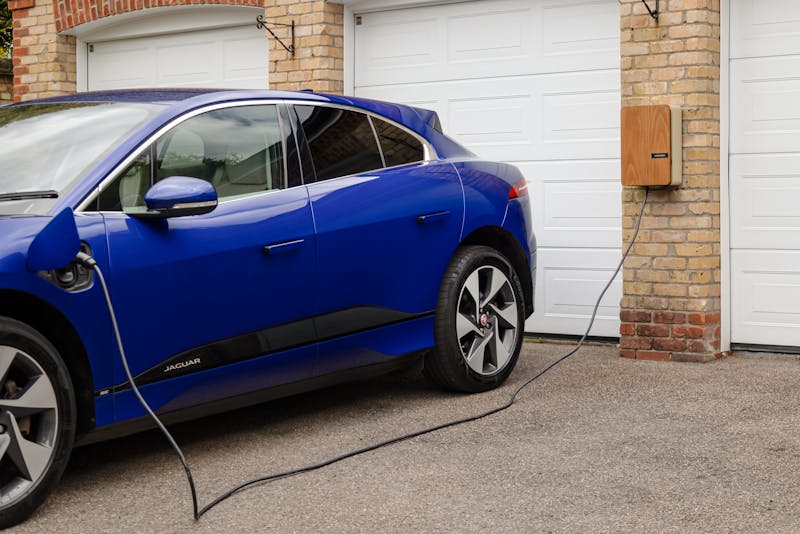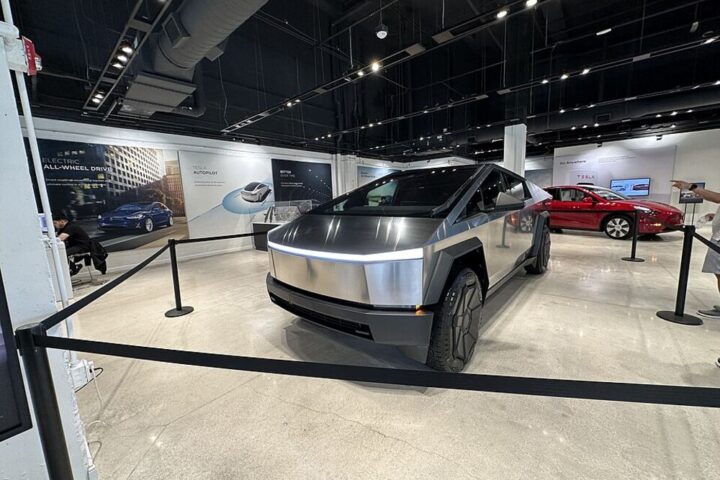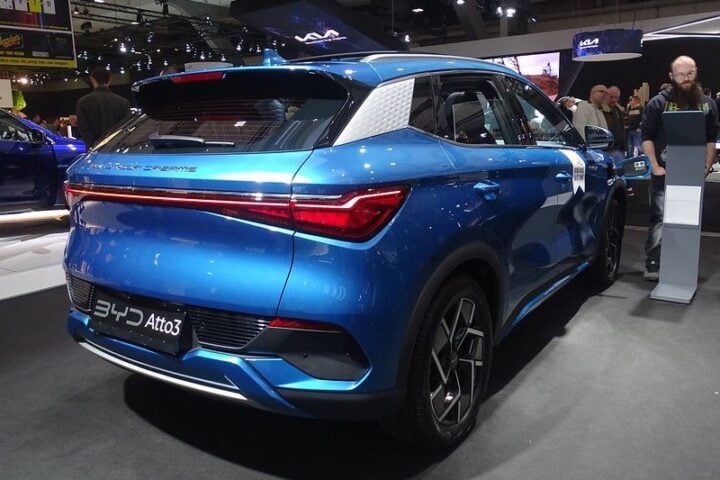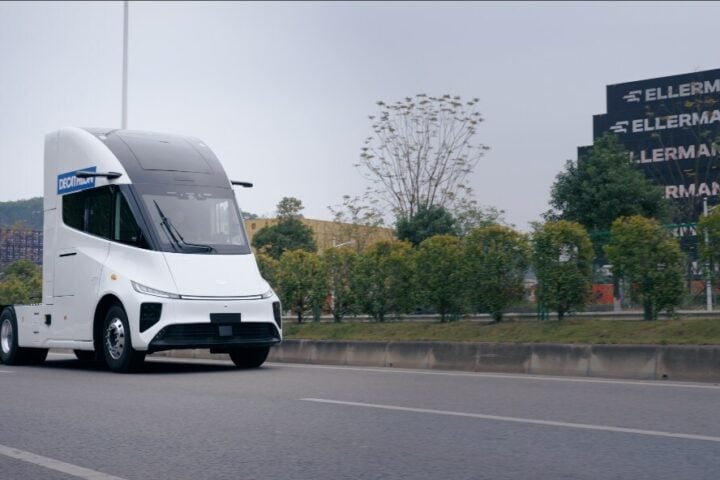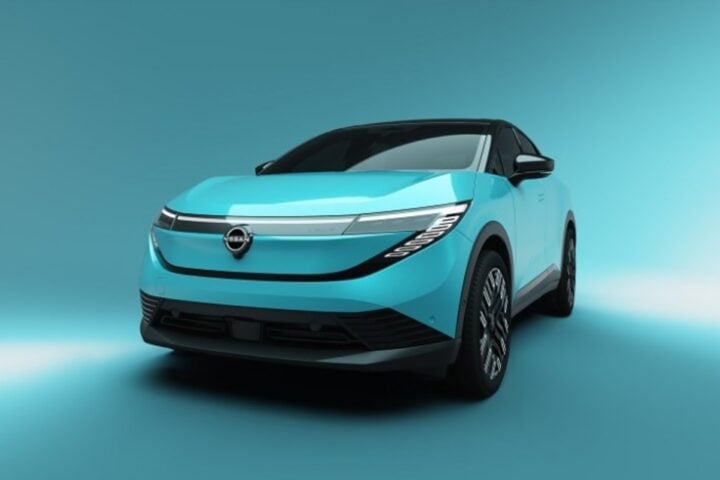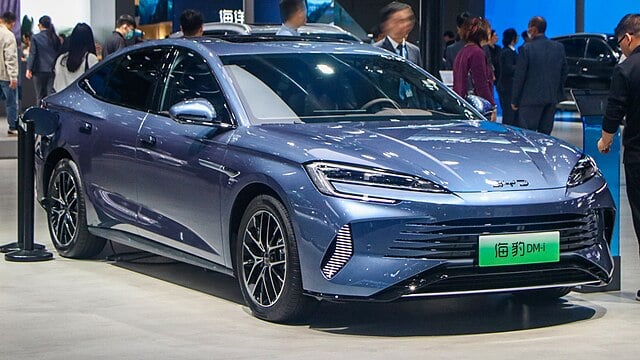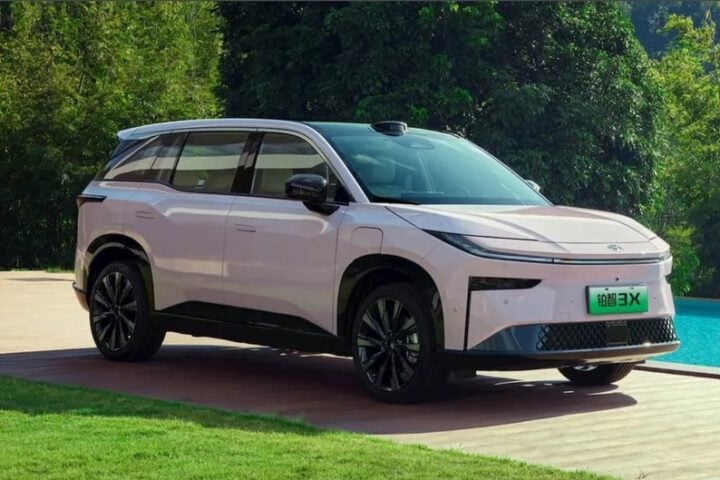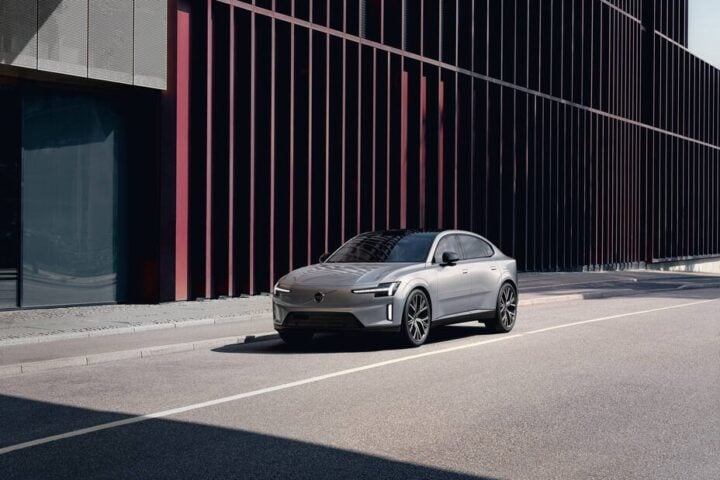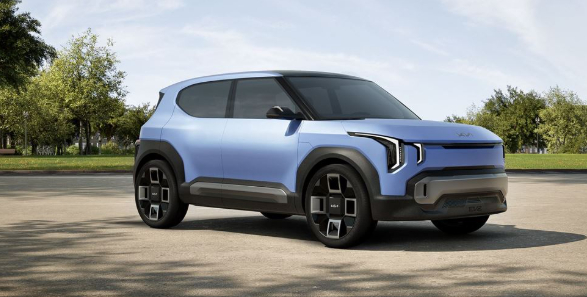A breakthrough in electric car batteries brings good news for safety and cost concerns. Scientists at South Korea’s Daegu Gyeongbuk Institute of Science and Technology (DGIST) have created a battery that can stop its own fires and keeps working well even after years of use.
Think of the battery as a sandwich with three layers. The outer layers are soft, like bread, helping the battery connect better to its power source. The middle layer is firm, like meat, giving the battery strength. This design helps prevent internal damage that often causes battery fires in electric cars.
“This research is anticipated to make a significant contribution to the commercialization of lithium metal batteries,” says Dr. Kim Jae-Hyun, who led the research team. In simple terms, this means safer batteries could soon power more electric cars on our roads.
When you buy an electric car, two main concerns likely cross your mind: “Will the battery catch fire?” and “How long will it last?” This new battery addresses both worries. It contains special materials that can stop fires before they spread. After 1,000 charges, the battery still works at 87.9% of its original power.
What does this mean for drivers? If your electric car initially drove 300 miles on a full charge, even after years of use, it would still go about 260 miles. This means maintaining consistent long-range driving capability even after extensive use.
Similar Posts
The research team added three key ingredients to make the battery safer: a fire suppressant called decabromodiphenyl ethane, lithium salt, and a mineral called zeolite. While these names sound complex, together they act like a built-in fire extinguisher.
Professor Park Kyung Soo, working with the same institute, has also found ways to improve how batteries store energy. His team discovered that adjusting how batteries are first charged can make them last longer. “This research is significant as it identifies the previously unclear causes of performance degradation in nickel-rich cathode materials at the atomic level,” Professor Park explains.
While safer car batteries grab headlines, this technology could also improve the devices we use every day. The source material indicates this technology could be applied to smartphones, wearable devices, and large-scale energy storage systems, potentially making them safer and more efficient.
The electric car industry is growing fast, especially in places like India. The battery swapping market is projected to reach $2.8 billion by 2029. Safer, longer-lasting batteries could speed up this growth.
These findings aren’t just laboratory dreams. They’ve been published in respected science journals – Small and ACS Nano – showing they’ve passed strict scientific review. As battery technology improves, electric cars become a more practical choice for everyday transportation.
